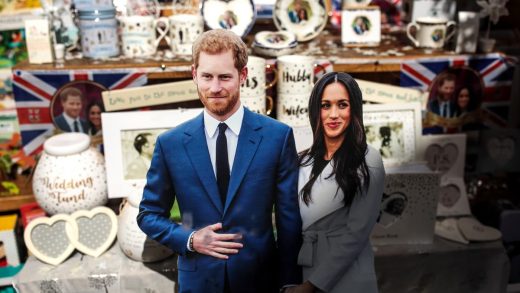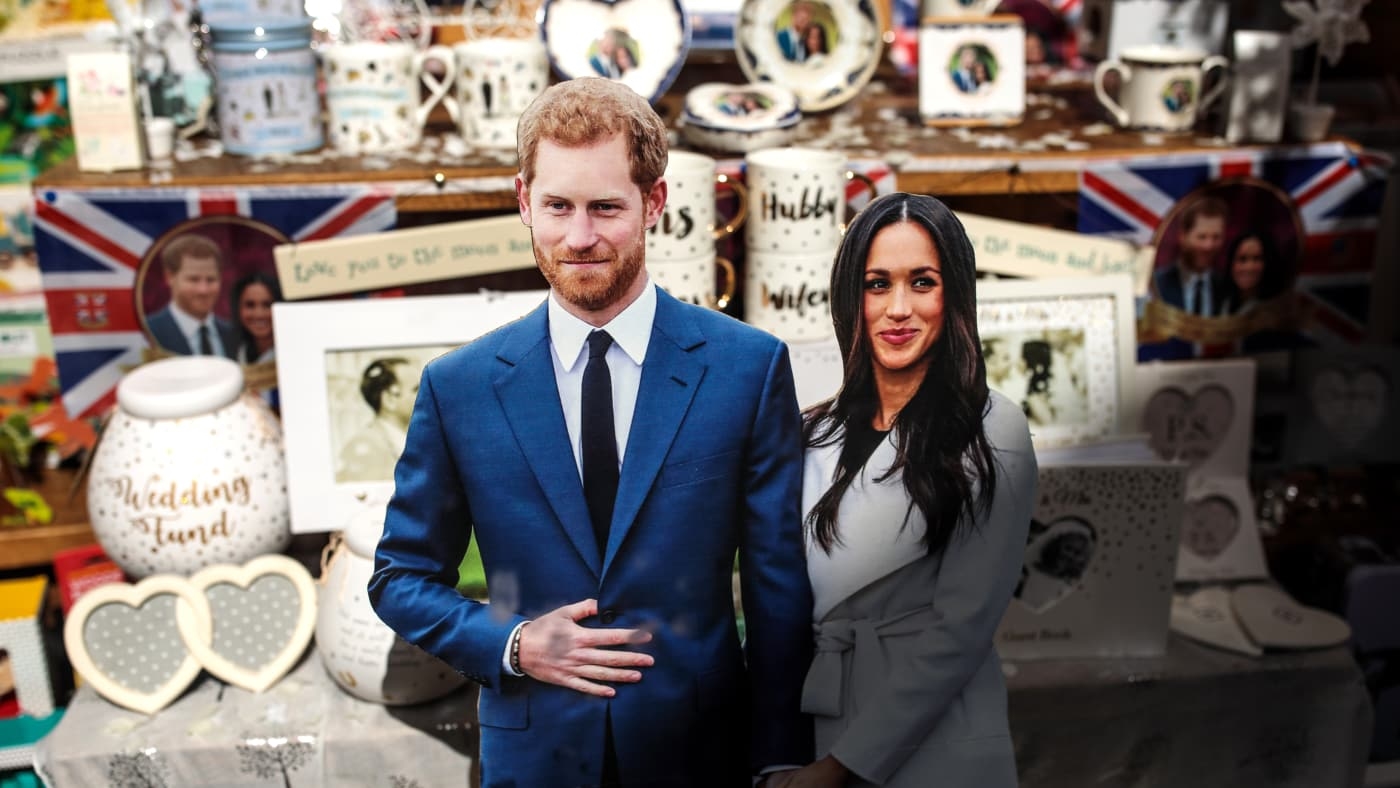British royals by the numbers: what they cost (and bring in)
While some might scoff at the idea of a multi-million-dollar wedding, royal festivities pay off in the end. Royal fandom impacts a slew of industries, including tourism, fashion, entertainment, and of course, ceramic memorabilia. As the world prepares to celebrate the much-anticipated union of Prince Harry and Meghan Markle, let’s take a look back at the British royals’ impact on the U.K. economy:
$425 million: Queen Elizabeth’s estimated net worth, which includes several prominent estates, such as Sandringham House (where she spends Christmas) and Balmoral Castle (her Scottish holiday home).
$16.8 billion (£12.4 billion): The Crown Estate’s current value. It includes a collection of U.K. lands, properties, and holdings which technically belong to the British monarch–but cannot be sold or owned by the Queen in a private capacity.
$25 million: Prince Harry’s estimated worth, in part due to the trust and estate left to him by his late mother, Princess Diana. The groom also earned approximately $45,000 when he served as a pilot in the British Army Air Corps.
$450,000: Meghan Markle’s reported annual salary, which includes $50,000 per episode of Suits and around $80,000 worth of annual sponsorship and endorsement income.
$97.2 million (£76.1 million): The queen’s income this year, which is a significant increase from £42.8 million ($54.5 million) during 2016-17. The raise is in part the result of a government agreement to pay for a $499 million (£369 million), 10-year refurbishment of Buckingham Palace.
88 cents: The amount the average British taxpayer pays to support the royal family (65 pence, the cost of a stamp). “Consider that against what the Queen does and represents for this country, I believe it represents excellent value for money,” Alan Reid, the queen’s treasurer, told reporters last year.
3,000: The number of official engagements carried out by the royal family last year.
$1.3 billion (£1 billion): How much the “Duchess Kate” effect garners for the U.K. fashion and shopping industry. Her (and her children’s) wardrobe choices often catapult brands into mainstream success or spur long-lasting style trends.
68%: The portion of the British public who believe the royal family–as an institution–are “good for the country,” according to a 2015 poll.
$34 million: The reported price tag of Prince William and Duchess Kate’s 2011 royal wedding. The bulk of the cost went towards security.
$430,000: What some say Duchess Kate’s wedding dress cost. (A copycat version was later sold at H&M for just $299.)
3 billion: The number of people who tuned in worldwide for the 2011 royal wedding. That’s three times the number of people who watched the opening ceremony for the Olympic Games in Beijing.
$2.7 billion (£2 billion): The estimated worth of what the last royal wedding generated for the U.K. economy, which saw a 3% increase in tourism in 2011.
$45 million (£32 million): What some expect Prince Harry and Meghan Markle’s wedding will cost, with $42 million reserved just for security expenses. The couple invited 800 personal guests to the wedding–along with 2,640 members of the public to the grounds of Windsor Castle.
500,000: The number of people expected to descend on Windsor for a glimpse of the royal wedding festivities.
$406 million (£300 million): What Prince Harry and Meghan Markle’s nuptials are expected to contribute to U.K. tourism.
$67.7 million (£50 million): The latest estimate of the royal wedding tourist souvenir market for local U.K. business. (This does not seem to include online retailers or international businesses.)
Zero: The amount of traditional gifts the engaged couple requested. The Palace recently announced, “Prince Harry & Ms. Meghan Markle are incredibly grateful for the goodwill they have received since their engagement, and have asked that anyone who might wish to mark the occasion of their wedding considers giving to charity, instead of sending a gift.”
(33)



